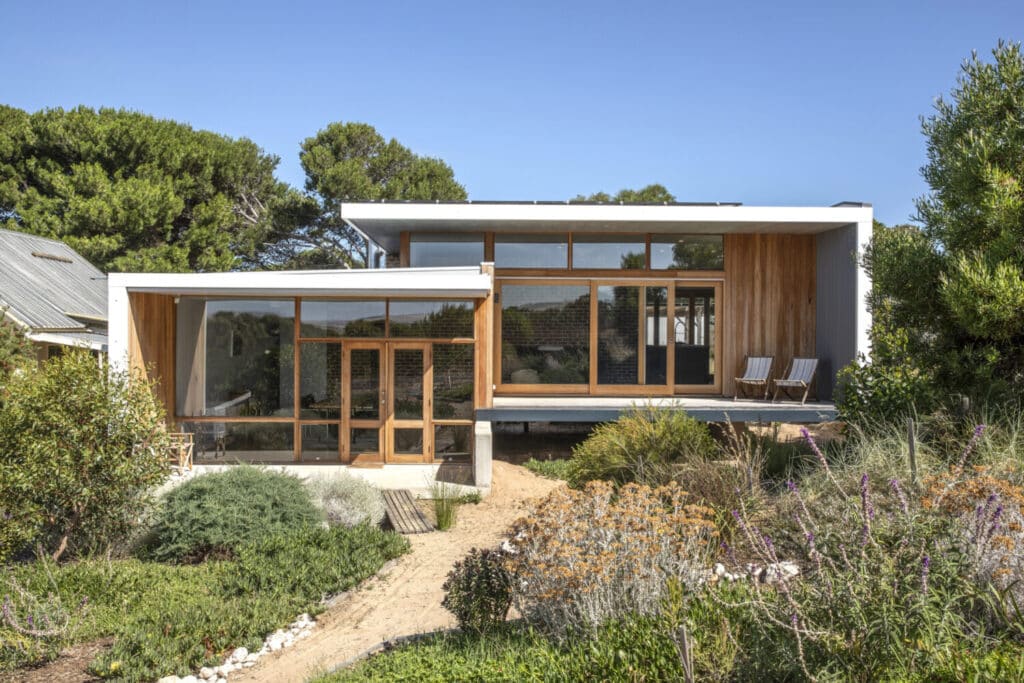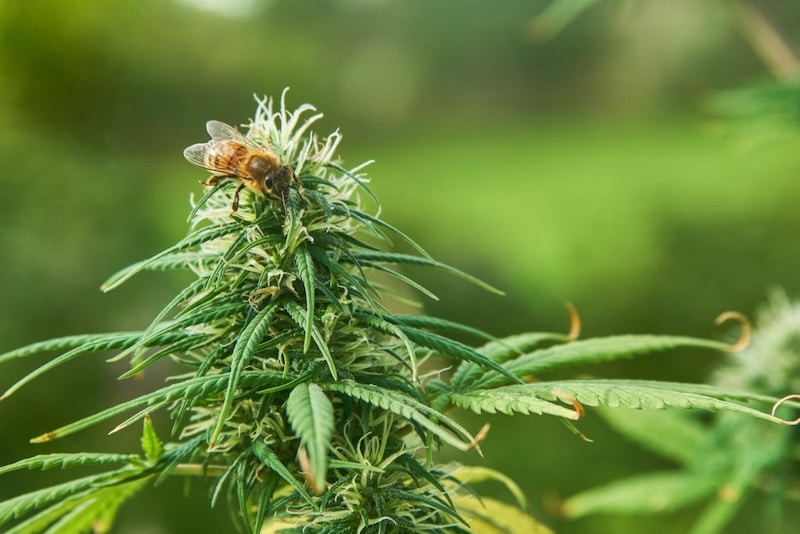There’s no doubt that pollinators helps sustain a healthy urban ecology. So, why aren’t there more beehives in our urban communities? Marcel, a Best Bees Beekeeper in New York, recently found a pollinator park in his neighborhood and instantly needed to learn more. New York City is known as a trailblazer for the urban beekeeping movement, and while beehives can be found on dozens of rooftops, it’s not every day you see one smack dab in the middle of a public park! When Marcel reached out to the local township for more information, he discovered a huge opportunity to bring even more bees into urban areas, like parks and accessible rooftops. These types of parks are a part of a movement that can help protect one of our most important, yet most vulnerable, pieces of our ecosystem.
Public parks provide so much for communities, especially within the last 18 months of social distancing. With the fresh air and variety of free activities, parks promote community wellness, improve the quality of the air we breathe, and deliver a localized place for children and families to reconnect with nature. Urban parks, parklets, and protected public lands present many resources to each community, and these natural facets also provide a unique place to protect some of our most crucial wildlife—pollinators.
Why Do We Need Pollinator Parks?
First, a bit of background. Did you know that over 75% of the world’s crops and flowers rely solely on pollinators to grow? The majority of the food we eat on a daily basis is because of pollinators, and it’s no question that the number of healthy pollinators has declined over the years. Some pollinators have even gone extinct due to the change in food supplies and natural habitats! The good news? It’s still possible to help recover some of these species by creating and restoring native habitats across the country in public spaces, along with educating communities on how they can help. After all, knowledge is power!
Many spaces in urban and rural communities already have specialized places to protect our pollinators, though there could always be more. Bringing bees into public spaces is not uncommon, but it can have a reputation of being dangerous to park-goers—but as beekeepers ourselves, we know that this myth couldn’t be further from the truth. Current pollinator parks educate and reassure park goers that these spaces are creating safe homes for the bees, and provide an opportunity for the public to appreciate all the hard work they do for us! Members of the community have found reassurance (and lots of excitement) from visiting these pollinator parks. Want to know where you can find a pollinator park near you? We’ve gathered a list of popular parks that are working to support and protect pollinators by installing beehives for the public to view and learn from.
Three Pollinator Parks You Should Know About
Rose F. Kennedy Greenway Conservancy
Born from an initiative to bring more pollinating insects to the area, the Rose F. Kennedy Greenway Conservancy introduced three beehives to their park with the help of our team at The Best Bees Company. The apis mellifera ligustica, an Italian honey bee, is known to be a great honey producer with a docile nature. The bees will be active from spring through fall, helping flowers and edible plants within a three-mile radius thrive!
“It’s going to be a great part of helping to keep our park pollinated, happy, and healthy,” said Community Affairs Manager, Rachel Lake. “I think especially as everyone is becoming much more aware and much more concerned about really the state of how much work bees do for everything. I mean, we are really happy to do our part here,” Lake said.
In addition, the Conservancy hosts seminars and free events to educate the public on their new polli-neighbors.
https://www.rosekennedygreenway.org/celebrating-our-buzz-worthy-polli-neighbors/
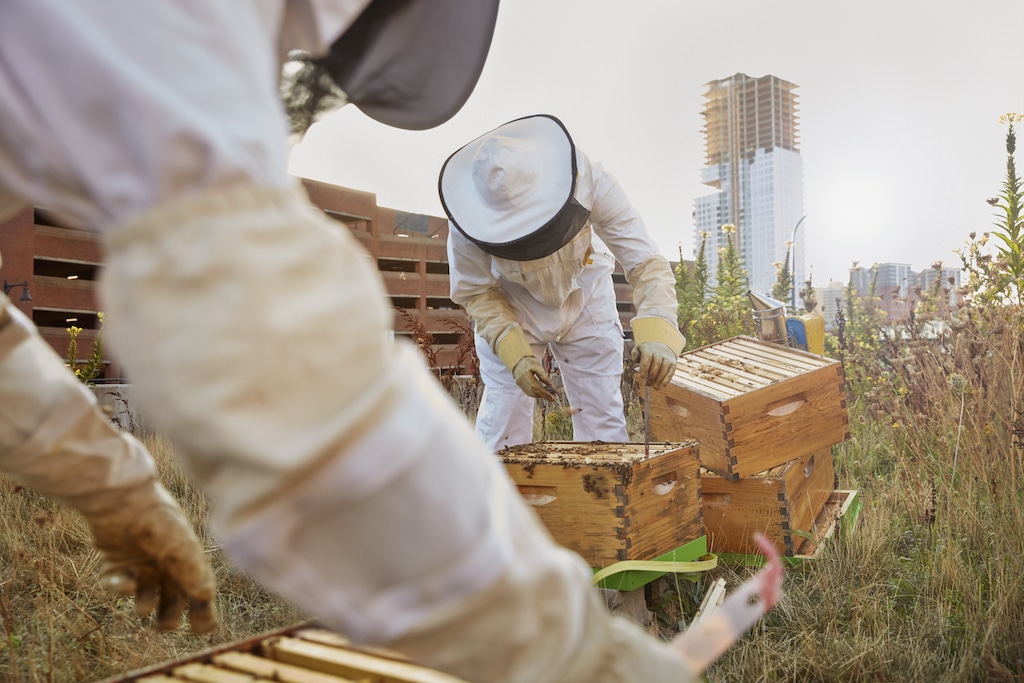
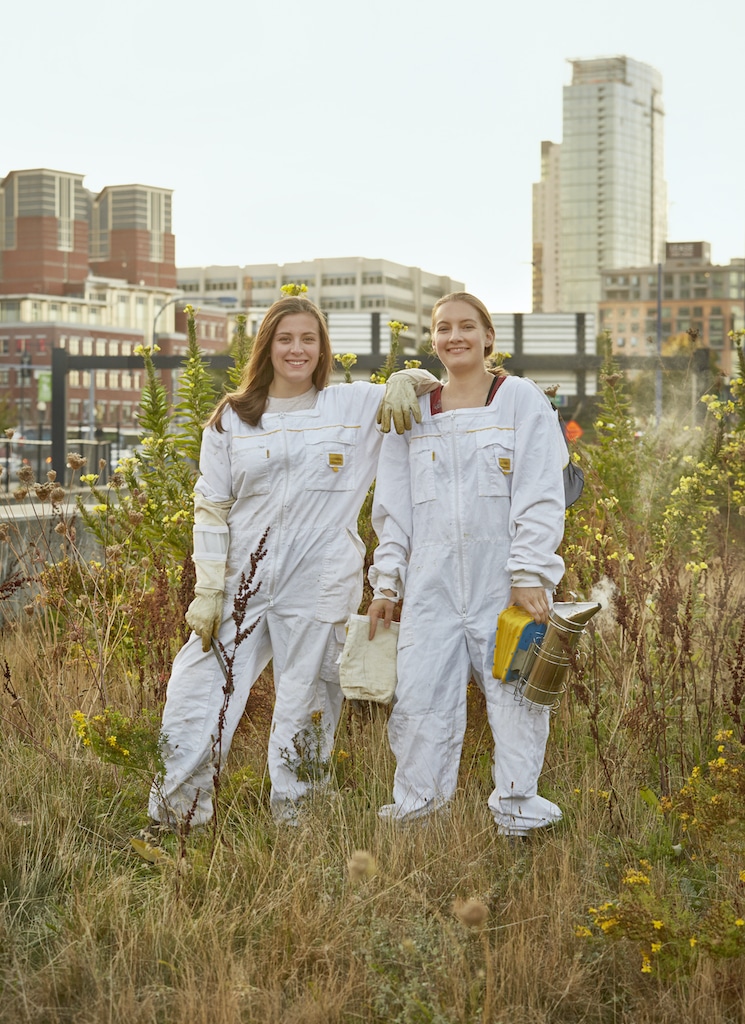
Madison Square Park + Madison Square Garden
We all know and love one of the nation’s most iconic urban parks, Madison Square Park, and this Conservancy recently added five bee homes for the park’s native bees to lay eggs during nesting season. Unlike social honeybees, the bees in Madison Square Park are cave dwellers, using nests in holes and crevices to lay eggs. Helping to make sure these pollinators find a safe place to lay eggs, the team can then move the materials into a mesh bag to keep them safe until the bees are ready to emerge from their cocoon.
Following its namesake, Madison Square Garden also partnered with our team of scientists and beekeepers to add approximately 40,000 worker bees to their sixth-floor rooftop! Home of the Knicks and Rangers, these hives host their own queen bee, are visible to fans from the official team store, and are used to preserve and grow the surrounding honeybee population. Some of the main ways Madison Square Park and Madison Square Garden are encouraging urban pollinator parks is to educate others on how important these bees are to the New York City food supply. Who knows…commemorative jars of Madison Square Garden honey and a New York Beehive Tour could be coming soon!
https://madisonsquarepark.org/community/news/2021/06/bee-homes/
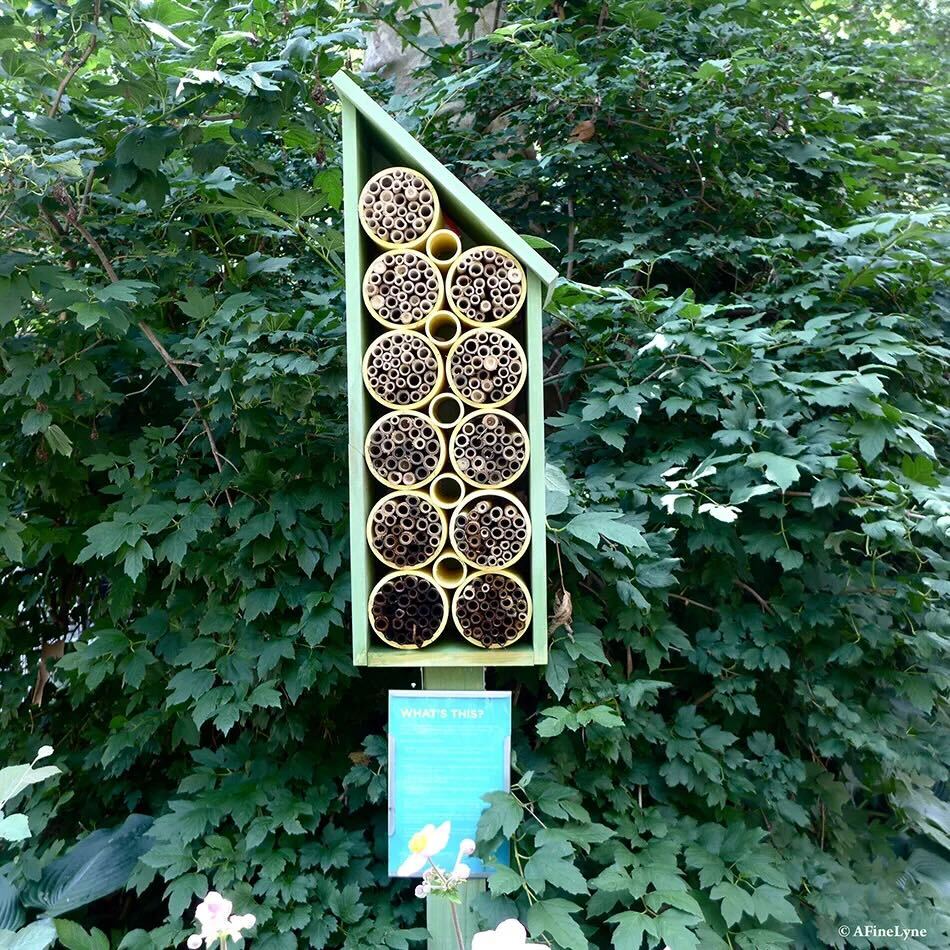
West Seattle Bee Garden
The West Seattle Bee Garden is an educational space in the Emerald City, opening its doors for self-guided honeybee tours, educational seminars, and a newly established bee garden park for all to enjoy. Park-goers are encouraged to view the bees through a plexiglass wall and are surrounded by learning signage throughout the garden. The Garden offers field trips, seminars from beekeepers, and even a number of different resources on how to help pollinators in your own neighborhood.
http://www.westseattlebeegarden.com/

A Green Future for the Bees
When it comes to maintaining a green future, metropolitan cities must be the drivers behind sustaining our pollinating ecosystem. Cities (and the parks inside them) should be involved in the efforts to make sure our pollinators are healthy, safe, and thriving. By placing beehives and the appropriate species in publicly accessible locations, we’re able to have a deeper understanding and appreciation for bees and pollinators of all species. Plus, we’re also able to continue educating and bringing nature into our urban communities.
Are you curious to know if your neighborhood or workplace is the spot for a beehive? Let us come to you! Get in touch with our team and we’ll let you know how you can enhance your own sustainability initiatives with our data-yielding beehives that can help begin or continue your efforts in becoming a pollinating neighbor.





